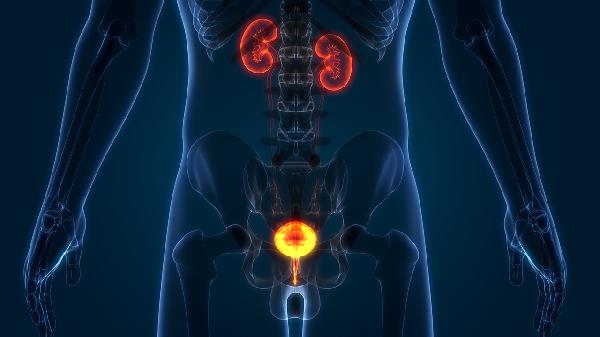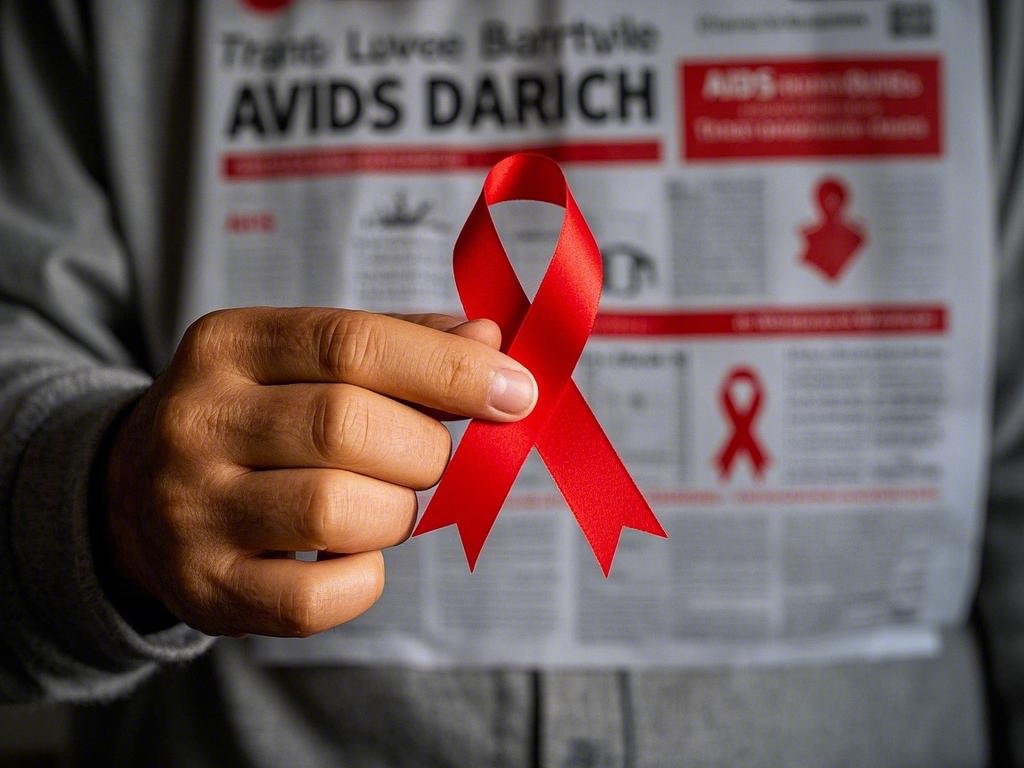Hematospermia, the presence of blood in semen, is both a medical condition and a symptom. While it generally does not pose a significant threat to overall health, untreated cases in young, unmarried men can lead to anxiety disorders, male infertility, and sexual dysfunction. The psychological impact of hematospermia, including anxiety and fear of sexual activity, often outweighs its physical effects, severely affecting patients' well-being and family harmony.

Symptoms and Clinical Presentation
Patients with hematospermia typically exhibit no obvious clinical symptoms other than blood-tinged semen. In cases triggered by acute seminal vesiculitis, semen may appear pink, red, or brownish-red, accompanied by systemic symptoms such as fever and chills. Pain in the perineum, groin, and lower abdomen, along with discomfort during erection or ejaculation, may also occur. Urinary symptoms like frequent urination, urgency, pain, hematuria, and difficulty urinating are common.
Chronic seminal vesiculitis often results in dark red semen without systemic symptoms. Patients may experience lower abdominal pain after exertion or sexual arousal, along with persistent or intermittent discomfort in the perineum, penis, testicles, scrotum, lower back, and thigh roots. Semen analysis may reveal red blood cells, pus cells, and a high percentage of dead or absent sperm.
Causes and Risk Factors
While systemic conditions like hypertension can cause hematospermia, localized issues such as seminal vesiculitis, ejaculatory duct obstruction, cysts, tuberculosis, trauma, and iatrogenic factors like transrectal prostate biopsies are more common. Non-disease-related hematospermia, known as functional hematospermia, is often overlooked. The thin-walled seminal vesicles and fragile capillaries make them prone to rupture due to contraction or pressure, leading to bleeding.
Diagnosis and Treatment
Hematospermia involves multiple urogenital organs with complex anatomical relationships, necessitating comprehensive treatment to address all potential sources. Prevention starts with maintaining perineal hygiene, practicing safe sex, and treating related urogenital infections promptly. A balanced diet, avoiding prolonged sitting and holding urine, and moderate sexual activity can also help prevent hematospermia.
Acute hematospermia requires abstaining from sexual activity to prevent recurrence. After symptoms subside, patients should rest for 1–2 weeks and avoid excessive or vigorous sexual activity. Alcohol, smoking, and spicy foods should be avoided to reduce congestion. Regular prostate and seminal vesicle massages can alleviate pressure and improve circulation.
Treatment varies based on the underlying cause. Antibiotics selected through semen culture and sensitivity tests, combined with symptomatic medications, are effective. High-frequency microwave therapy can enhance local circulation, promote metabolism, and improve drug distribution. Warm sitz baths at 41–42°C for 15–20 minutes daily may also alleviate symptoms.
Behavioral and Lifestyle Interventions
For infectious hematospermia, individualized treatment involving regular sexual activity (using condoms) 2–3 times weekly can help drain infected fluids and reduce pressure in the seminal vesicles. Patients with erectile dysfunction may benefit from PDE5 inhibitors. However, further research is needed to validate these approaches.
Comprehensive Management
Given the complexity of hematospermia, targeted treatment and prevention remain challenging. Combining systemic or local antibiotics with prostate and seminal vesicle massages, microwave therapy, traditional American medicine, or minimally invasive surgery can improve cure rates, reduce recurrence, and enhance patients' quality of life. These approaches also help address sexual dysfunction and improve sperm motility, offering significant clinical benefits.
By understanding the causes, symptoms, and treatment options for hematospermia, patients can take proactive steps to manage the condition and maintain their overall health and well-being.
























